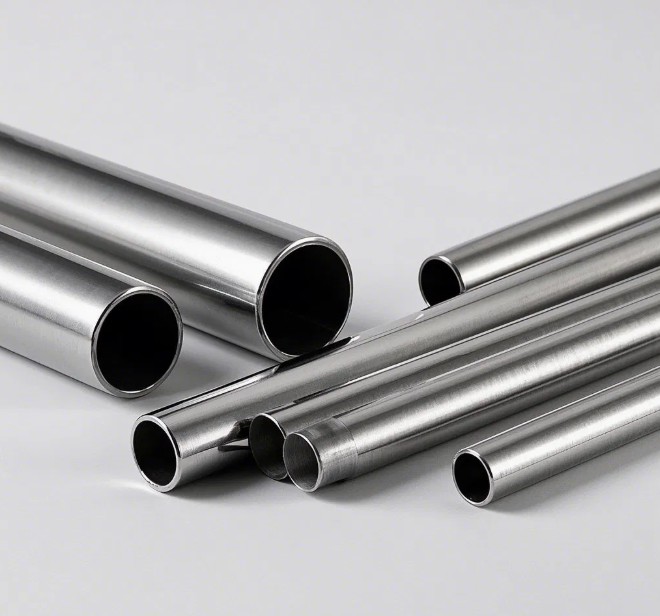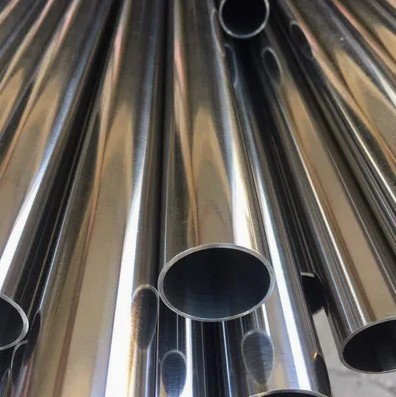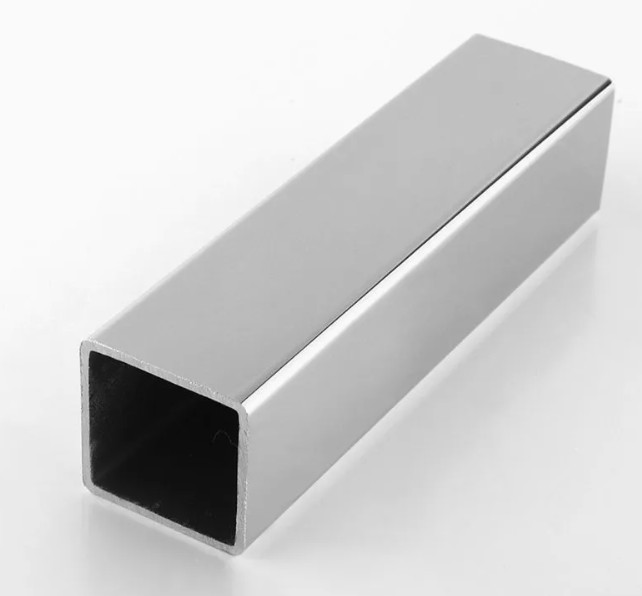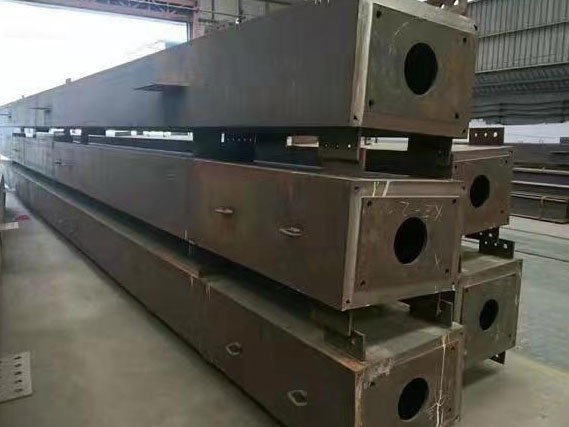316 food grade stainless steel manufacturers
Product description
316 stainless steel is food grade and can be used for water supply equipment. The strength and yield of 304 and 316 stainless steel are equal. The wear resistance of 316 is better than that of 304 because its hardness is slightly higher than that of 304. They are both austenitic stainless steel. 316 stainless steel is a kind of stainless steel. Due to the addition of Mo element, its corrosion resistance and high temperature strength are greatly improved. The high temperature resistance can reach 1200-1300 degrees, and it can be used under harsh conditions.
The main uses of 316 stainless steel are heat exchangers for pulp and papermaking equipment, dyeing equipment, film washing equipment, pipelines, and materials for the exterior of buildings in coastal areas. In 2013, it was also used in the field of solenoid valves, mainly for shells, clamps, balls, valve bodies, valve seats, nuts, valve stems, etc.
Stainless steel is generally a general term for stainless steel and acid-resistant steel. Stainless steel refers to steel that is resistant to corrosion by weak media such as atmosphere, steam and water, while acid-resistant steel refers to steel that is resistant to corrosion by chemically corrosive media such as acid, alkali, and salt. Stainless steel has been around since the early 20th century and by 2013 has a history of more than 100 years.
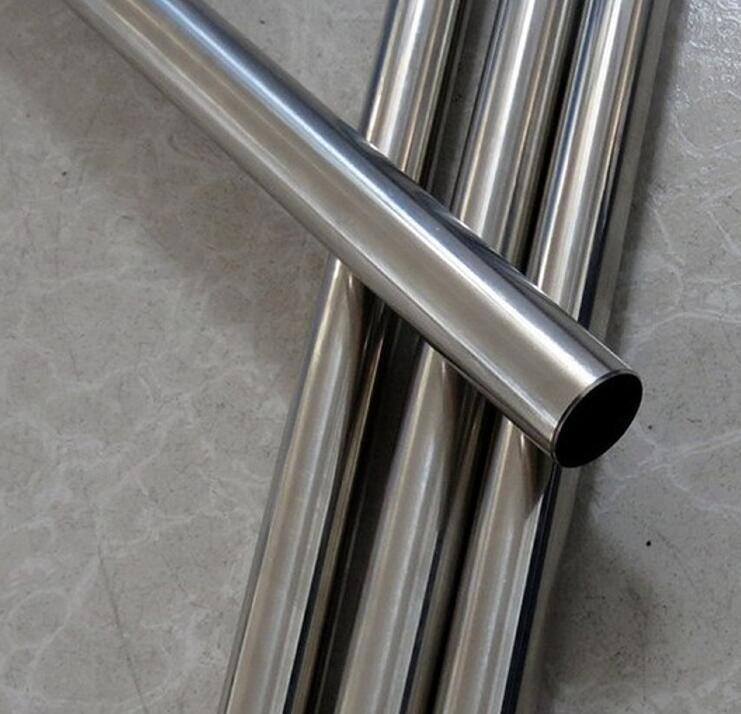
Our company produces stainless steel, including 201 stainless steel strip, 202 stainless steel strip, 304 stainless steel strip, 301 stainless steel strip, 302 stainless steel strip, 303 stainless steel strip, 316 stainless steel strip supplier, and has multiple branches and R&D centers around the world. The company has an elite team composed of industry experts, technical elites and senior managers. With their profound industry insight, rich practical experience and forward-looking strategic vision, they continue to push the company to a higher level of development.
The advantages of 316 food grade stainless steel mainly include its excellent corrosion resistance, antibacterial properties, high temperature performance, and application advantages in food processing and storage environments.
316 stainless steel has further improved its corrosion resistance due to the addition of 2% molybdenum, especially in environments containing chloride ions, such as salt water or acidic solutions, 316 stainless steel shows stronger corrosion resistance. This makes it more advantageous when facing more stringent food processing and storage conditions. In addition, 316 stainless steel has good antibacterial properties, and its smooth surface and tiny pore structure make it difficult for bacteria and other microorganisms to attach and breed, thereby reducing the risk of cross-contamination of food.
In terms of high temperature performance, 316 stainless steel can withstand the high temperatures during food processing and cooking, and is suitable for making food containers and equipment that require high temperature treatment. Although the cost of this stainless steel is relatively high, its excellent corrosion resistance and antibacterial properties make it the first choice in environments that require higher safety standards, ensuring the safety and hygiene of food.
Recommended products





